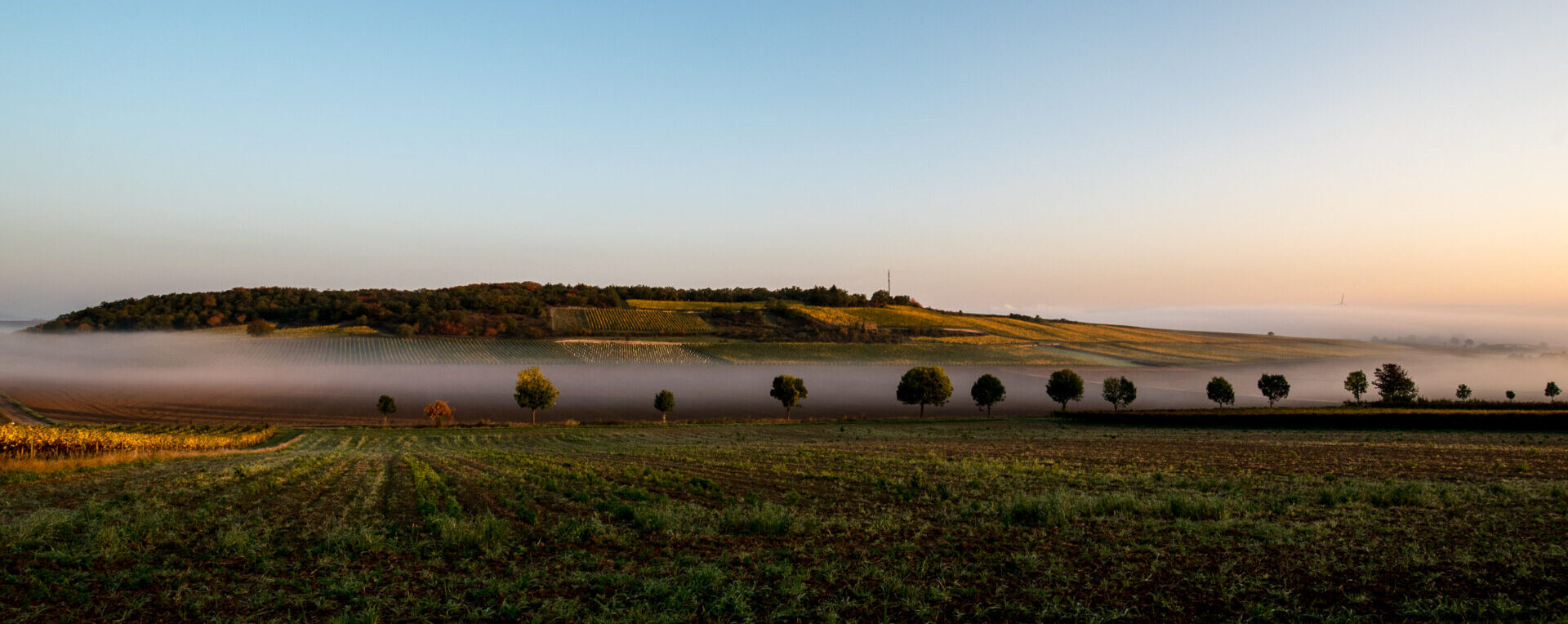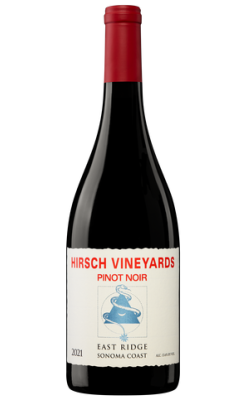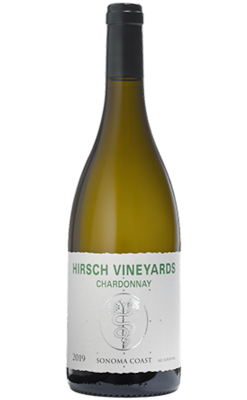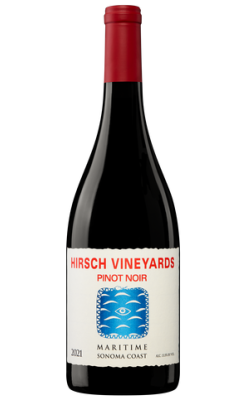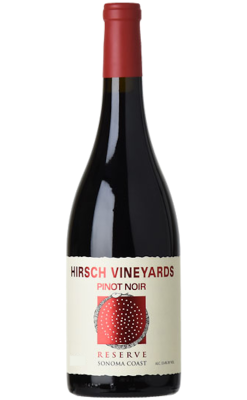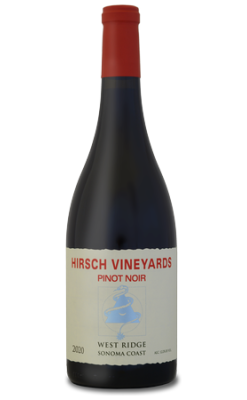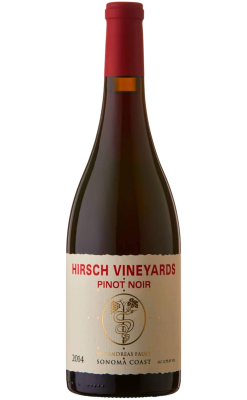Hirsch Vineyards
The San Andreas Fault shaped Hirsch Vineyards, which now span 72 acres across 67 blocks and have been fully biodynamic since 2014. When David Hirsch bought the land in 1978, it was a sheep ranch. He planted vines in 1980, making it one of the oldest vineyards on the True Sonoma Coast. By the early 1990s, Hirsch was a prized source for Pinot Noir and Chardonnay, used by top producers like Littorai, Williams Selyem, Kistler, and Failla.
In 2002, after 22 years of farming, David built a winery to better understand his vineyards—tasting each parcel to learn from the soil, climate, and farming decisions. The winery also served to support the ecological restoration of the land. Biodynamic conversion began in 2011 and was complete by 2014, including vineyards, gardens, and orchards.
Hirsch lies within the Fort Ross-Seaview AVA, a small, high-elevation zone near the Pacific, known for its rugged terrain and high rainfall. It was officially recognized in 2012, though vineyards like Bohan (1970s), Hirsch, Hellenthal, and Wild Hog (1980s) predate the designation. The larger Sonoma Coast AVA extends inland, prompting the 2010 founding of the West Sonoma Coast Vintners Association to protect and promote the truly coastal vineyards. The West Sonoma Coast AVA was recognized in 2022.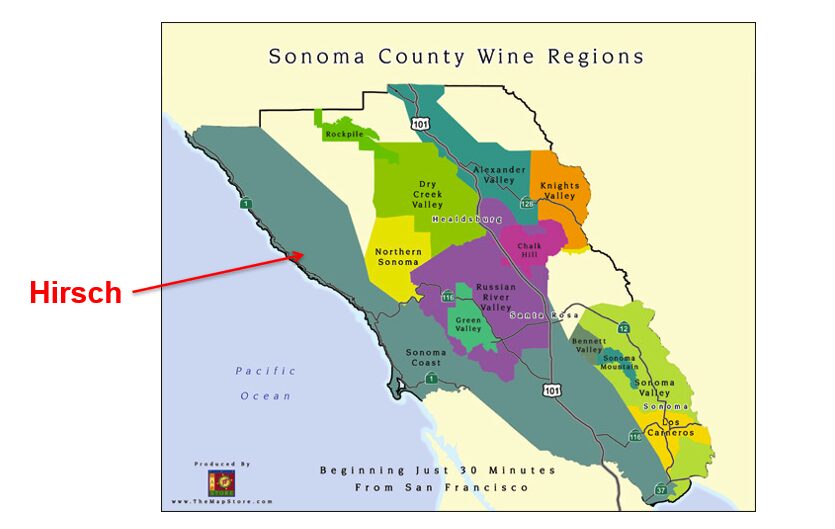
Winemaking at Hirsch emphasizes gentle, precise handling. Grapes are sorted in the field and again at the winery, with fermentation tailored by block and vintage—using both destemmed and whole clusters. Small tanks match vineyard blocks to keep lots separate. Aging occurs in French and Austrian oak (30% new for Pinot Noir, 20% for Chardonnay). Blending is done block by block, barrel by barrel, on its own schedule.
Hirsch wines show natural balance, complexity, and structure—drinkable young, yet capable of aging. They capture the meeting of opposites: land and sea, tectonic shifts, wet winters and dry summers, rainforests and parched pasture, and a layered cultural history—from Native American to European settlers, from ranching to winegrowing.
Jasmine Hirsch, co-founder of In Pursuit of Balance, now leads the winery. As wine writer Hugh Johnson described in The World of Fine Wine (2015):
“Purity of fruit, firmness of purpose, a sense of place to set my satnav spinning. This was Pinot Noir of a kind I had never seen… I simply had to go and see where it came from.”
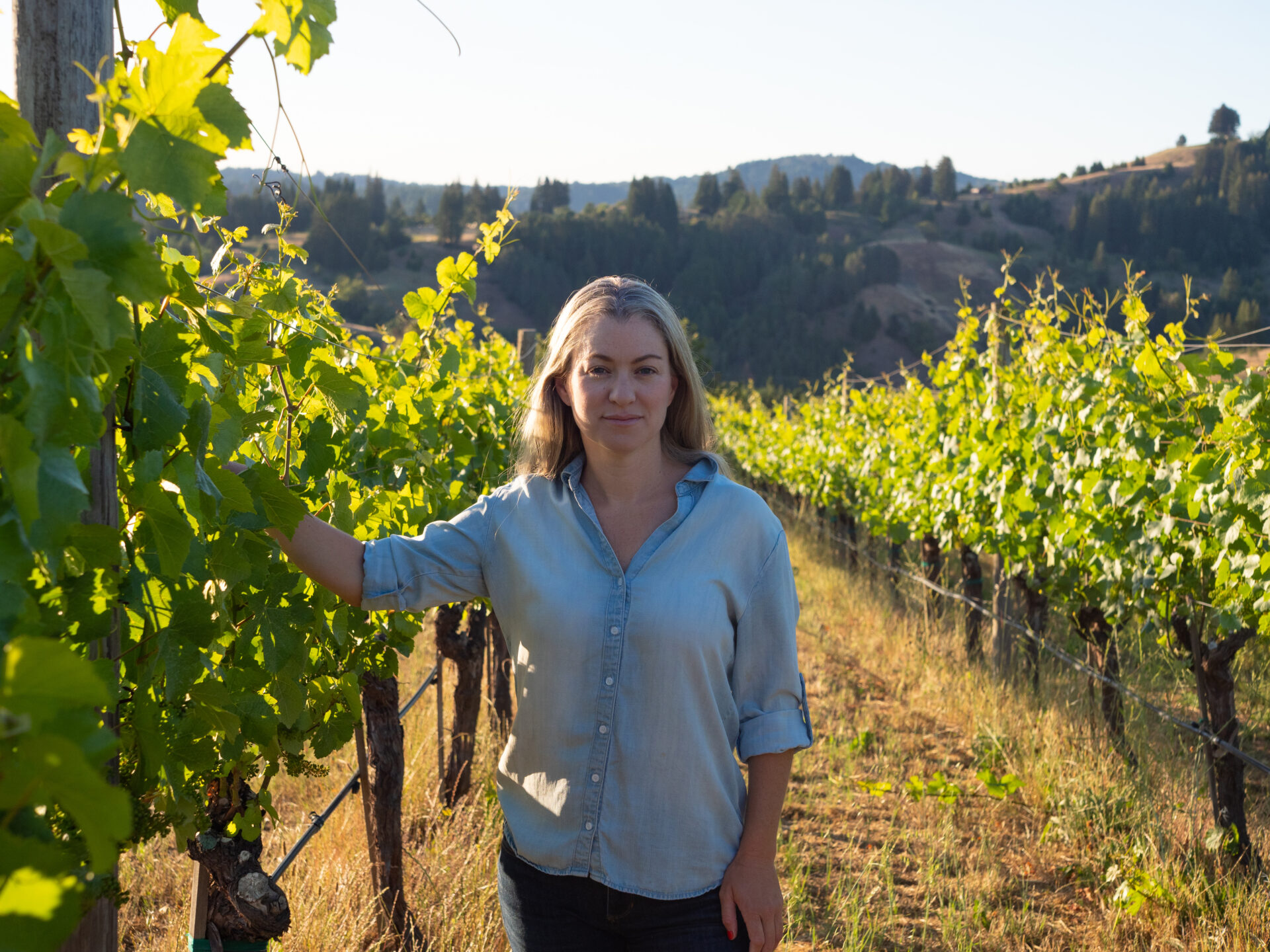
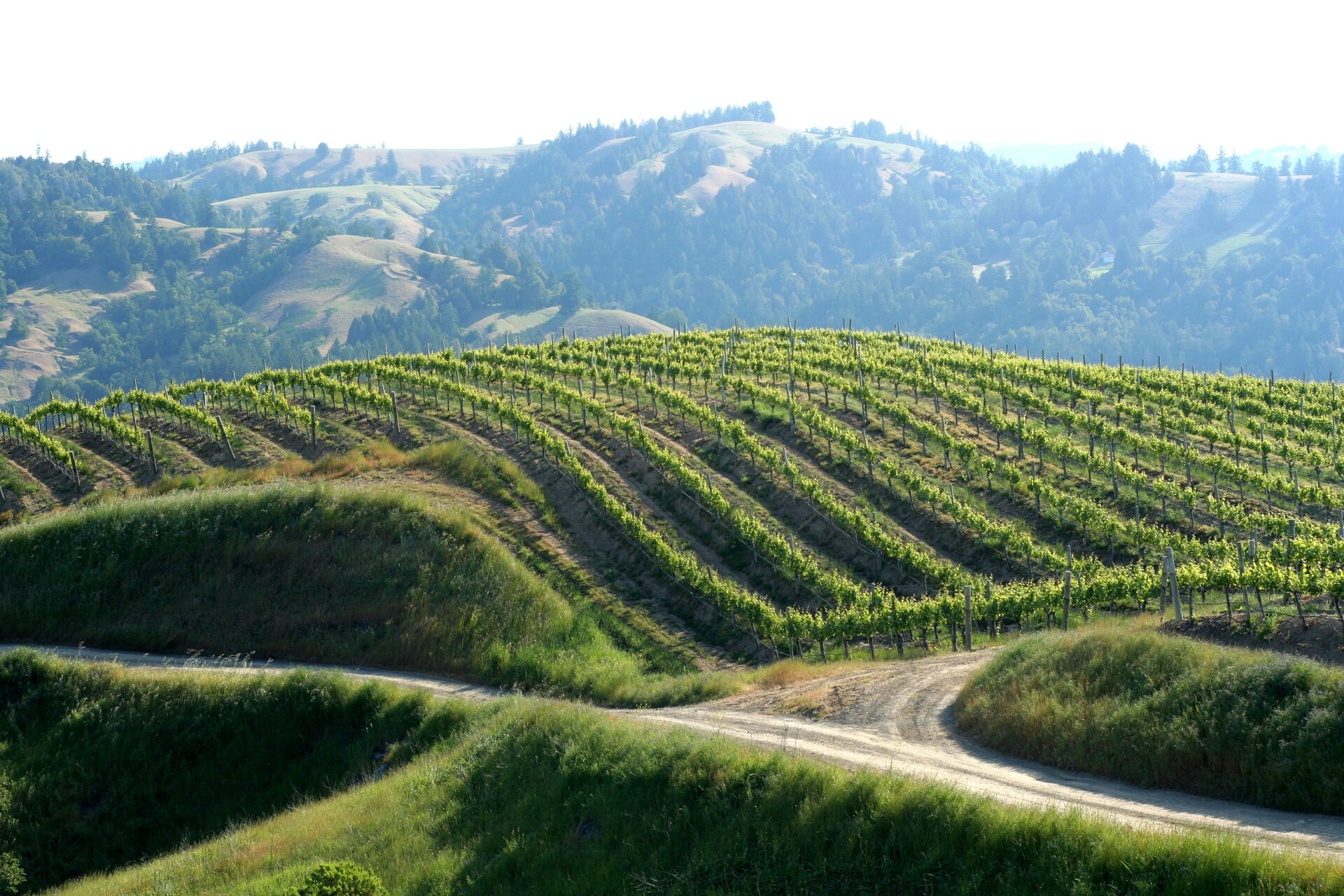
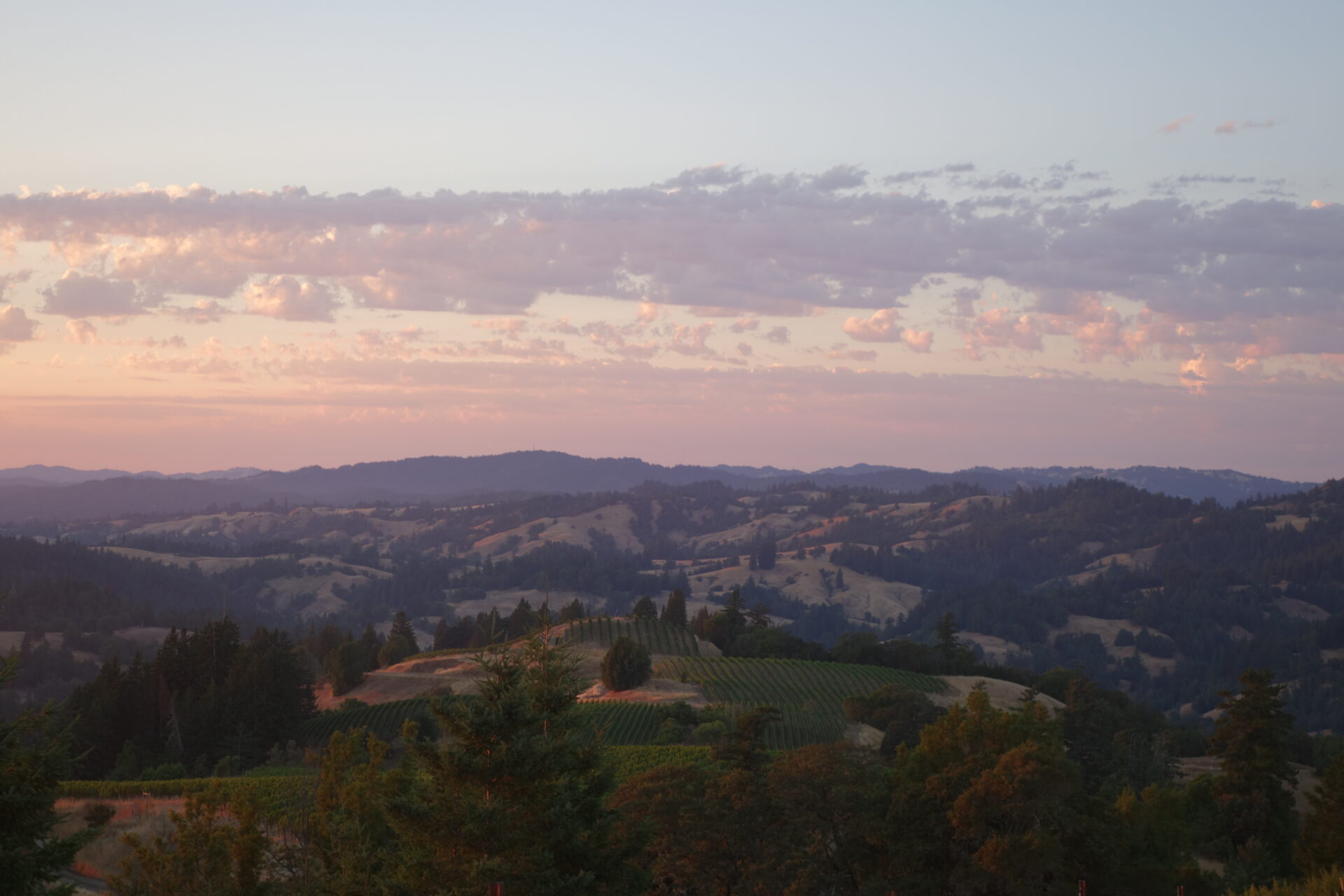
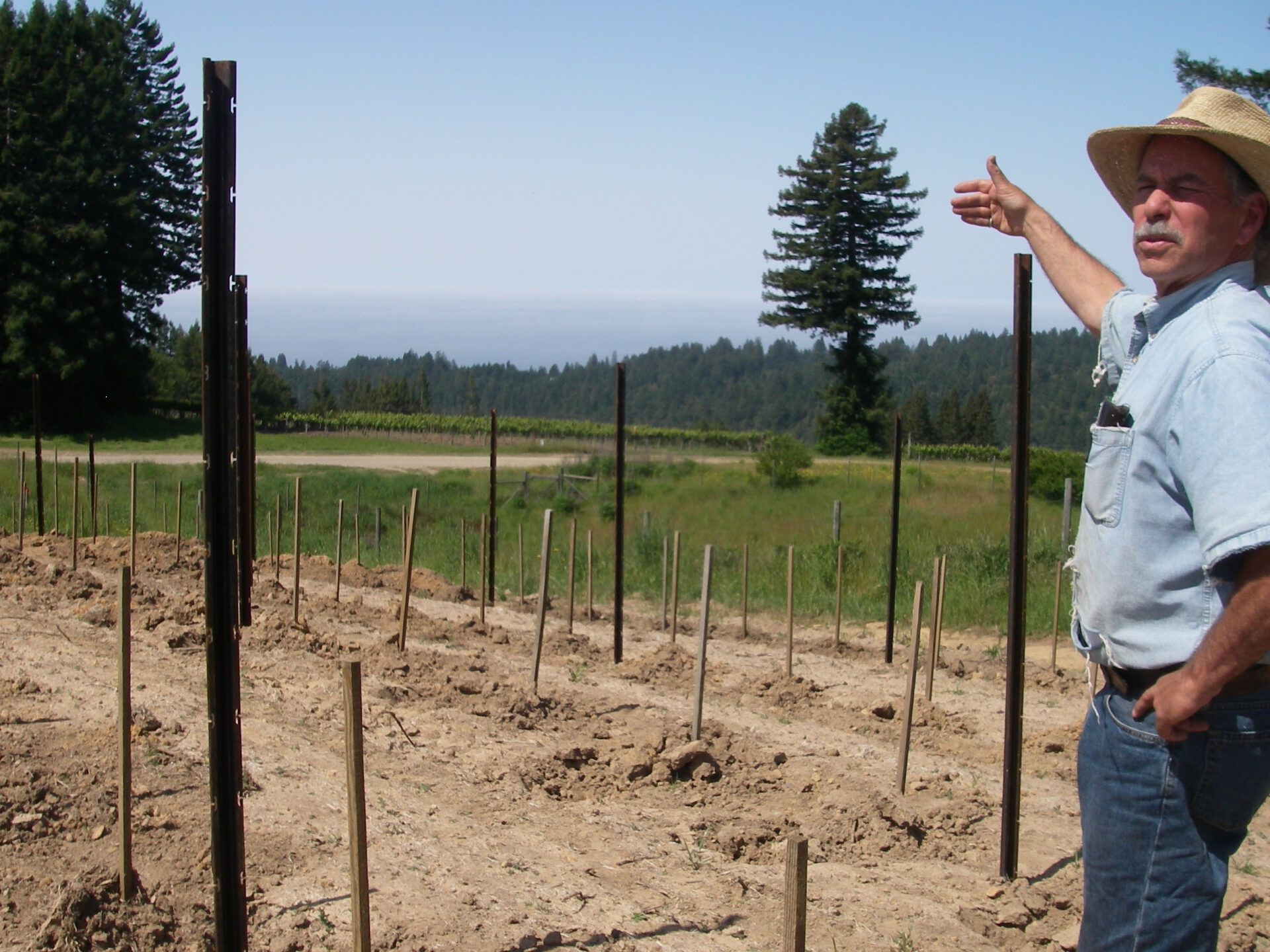
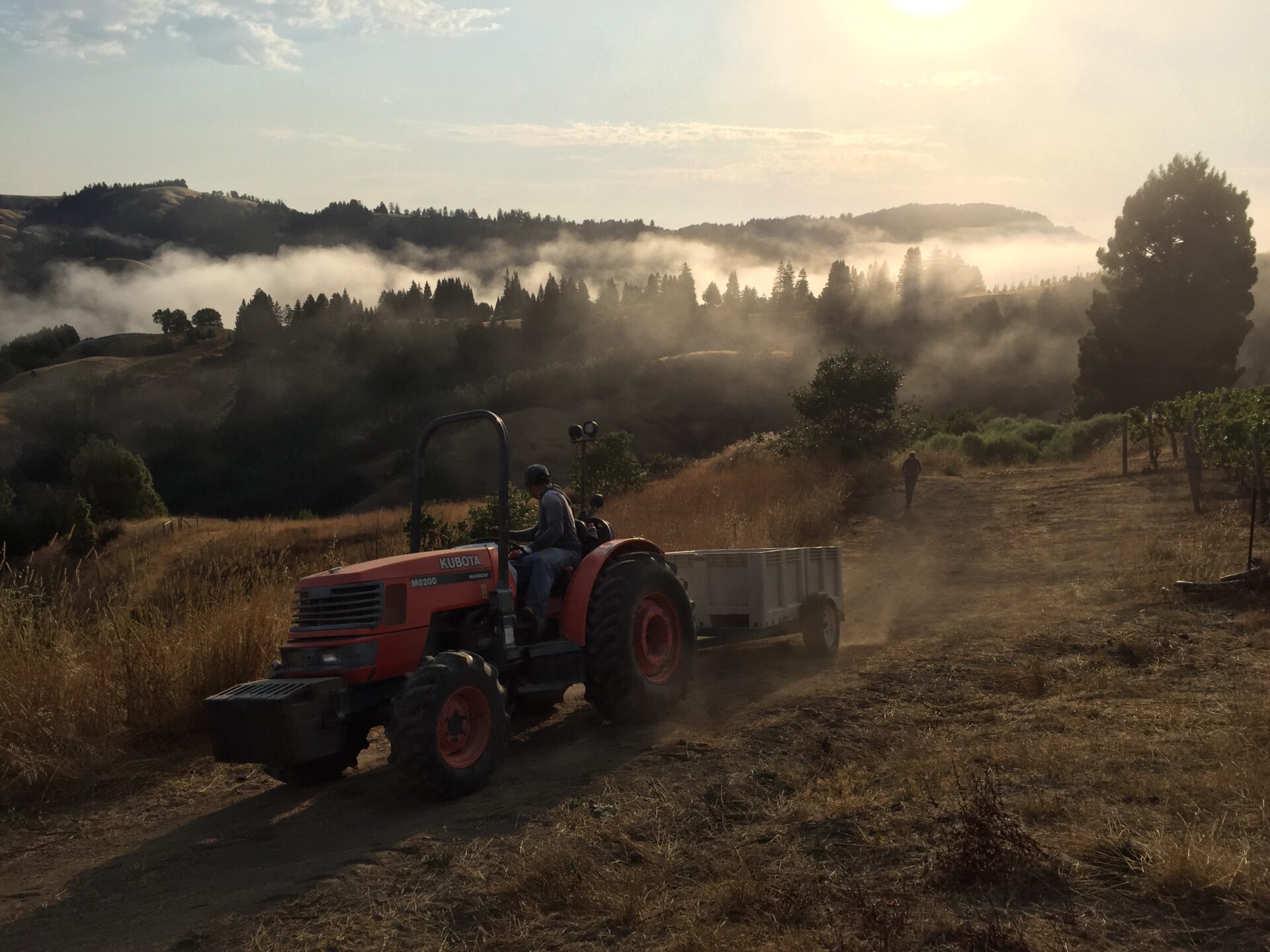
Wines By Hirsch Vineyards
